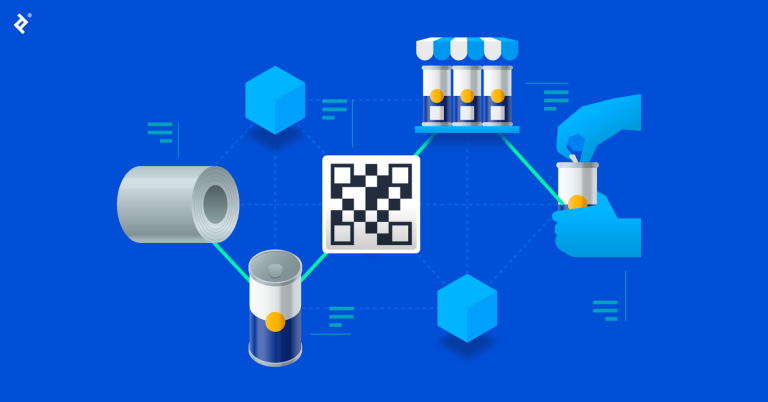The mining industry is undergoing a technological transformation, driven by the adoption of automation and artificial intelligence (AI). From autonomous vehicles to AI-powered analytics, these advancements are reshaping how minerals are extracted, processed, and delivered. By improving efficiency, enhancing safety, and reducing environmental impact, AI-driven machinery is positioning the mining industry for a more sustainable and productive future.
The Rise of Automation in Mining
Automation in mining refers to the integration of systems and machinery capable of performing tasks with minimal human intervention. Leveraging AI, these systems can analyze data, make decisions, and adapt to changing conditions in real-time. In recent years, mining companies worldwide have increasingly adopted automated solutions to address challenges such as fluctuating commodity prices, labor shortages, and stricter environmental regulations.
Major mining corporations, including Rio Tinto, BHP, and Vale, are leading the way by investing heavily in AI-driven technologies. Their goal is to streamline operations, improve resource utilization, and maintain competitiveness in a rapidly evolving global market.
Key Applications of AI-Driven Machinery in Mining
- Autonomous Vehicles
Self-driving trucks and loaders are transforming mining operations. These vehicles use AI and advanced sensors to navigate complex terrains, avoid obstacles, and optimize haulage routes. By eliminating the need for human drivers, companies can operate continuously, even in hazardous or remote locations. For example, Rio Tinto’s fleet of autonomous haul trucks in Australia’s Pilbara region has significantly increased productivity while reducing fuel consumption. - Drill and Blast Automation
AI-powered drilling and blasting machines can identify the optimal drilling patterns and explosive charges for different rock types. This precision minimizes waste, reduces energy consumption, and ensures safer operations. Automated drills also enhance productivity by working around the clock with minimal downtime. - AI-Powered Processing and Sorting
Advanced AI systems are used to sort and process ore more efficiently. AI algorithms analyze mineral compositions and determine the best way to separate valuable resources from waste. This reduces operational costs and energy usage while maximizing yield. - Predictive Maintenance
Sensors integrated into mining equipment collect data on performance and wear-and-tear. AI algorithms analyze this data to predict potential failures before they occur, enabling proactive maintenance. This reduces unplanned downtime, lowers repair costs, and extends the lifespan of equipment. - Remote Operations and Control Centers
AI has enabled the development of remote operations centers where technicians can monitor and control machinery from miles away. This approach enhances worker safety by reducing the need for personnel to be present in dangerous mining environments.
Benefits of AI-Driven Machinery
- Increased Efficiency
Automation optimizes operations by reducing human error and ensuring consistent performance. AI-driven systems can analyze vast amounts of data to identify inefficiencies and implement real-time solutions, boosting overall productivity. - Enhanced Safety
Mining is one of the most hazardous industries, with workers exposed to risks such as cave-ins, explosions, and toxic gases. Automated machinery removes workers from these environments, significantly reducing injury and fatality rates. - Cost Reduction
Although the initial investment in AI-driven machinery is high, long-term savings are substantial. Automation reduces labor costs, minimizes energy consumption, and enhances resource utilization, making operations more cost-effective. - Environmental Sustainability
AI systems help mining companies reduce their environmental impact by optimizing resource extraction and minimizing waste. Autonomous vehicles and equipment also use fuel more efficiently, lowering greenhouse gas emissions. - Improved Decision-Making
AI-driven analytics provide actionable insights by processing complex datasets. This helps mining companies make informed decisions regarding resource allocation, equipment maintenance, and operational planning.
Challenges in Implementing Automation
Despite its numerous benefits, integrating AI and automation into mining operations is not without challenges:
- High Initial Costs
The upfront investment in AI technology, including hardware, software, and infrastructure, can be prohibitive for smaller mining companies. - Workforce Displacement
Automation reduces the need for manual labor, leading to concerns about job losses. However, it also creates opportunities for skilled roles in operating and maintaining AI systems. - Technological Integration
Retrofitting AI systems into existing equipment and infrastructure can be complex and costly. Ensuring seamless compatibility is essential for achieving desired outcomes. - Cybersecurity Risks
As mining operations become increasingly digitized, they are more vulnerable to cyberattacks. Robust cybersecurity measures are critical to protect sensitive data and maintain operational integrity. - Skill Gaps
The shift to automation requires a workforce with expertise in AI, data analysis, and robotics. Training programs and educational initiatives are needed to upskill workers and bridge this gap.
The Future of AI in Mining
The future of mining lies in the continued advancement and adoption of AI-driven technologies. With the advent of 5G connectivity, machine learning, and edge computing, mining companies will be able to implement more sophisticated solutions, such as real-time AI-powered analytics and fully autonomous mine sites.
Sustainability will remain a key focus, with AI enabling better resource management and reduced environmental footprints. Additionally, as AI technology becomes more accessible, smaller mining companies will have the opportunity to adopt these innovations, leveling the playing field and driving industry-wide transformation.
Conclusion
AI-driven machinery is revolutionizing the mining industry by enhancing efficiency, safety, and sustainability. While challenges remain, the potential benefits far outweigh the obstacles, making automation an essential component of modern mining operations. As technology continues to evolve, the integration of AI and automation will shape the future of mining, driving progress in an industry critical to global development.



